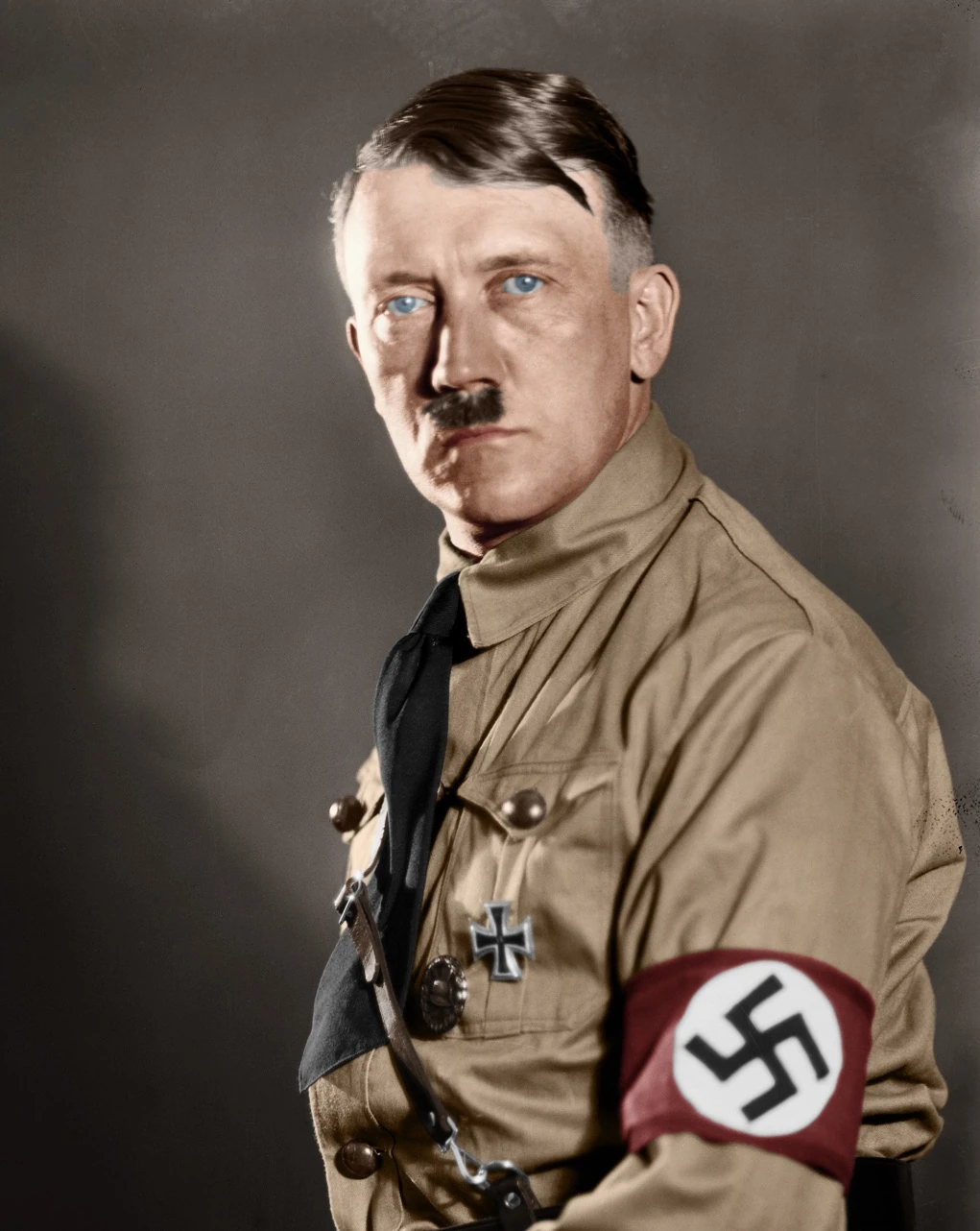Adolf Hitler was a political leader who rose to power as the leader of the National Socialist German Workers’ Party (Nazi Party) in Germany during the 1930s. He became Chancellor in 1933 and later assumed the title of Führer und Reichskanzler (Leader and Chancellor). Hitler played a central role in the initiation of World War II and was responsible for the Holocaust, a genocide resulting in the systematic persecution and extermination of millions of people, primarily Jews. His aggressive foreign policies and totalitarian rule left a dark mark on history, and he remains one of history’s most infamous figures.
1. Adolf Hitler was born on April 20, 1889, in Braunau am Inn, Austria-Hungary.
2. He initially aspired to become an artist and applied to the Vienna Academy of Fine Arts, but was rejected twice.
3. Hitler served as a soldier in the German Army during World War I and was wounded twice.
4. Mein Kampf, his autobiography and political manifesto, outlined his extreme nationalist and anti-Semitic ideologies.
5. Hitler rose to power as the leader of the National Socialist German Workers’ Party (Nazi Party) in the early 1930s.
6. The Nuremberg Laws, implemented by Hitler in 1935, deprived Jews of German citizenship and prohibited marriage or relations between Jews and non-Jews.
7. Hitler orchestrated the Night of the Long Knives in 1934, purging the SA (Sturmabteilung) to solidify his power.
8. He became Chancellor of Germany in 1933 and later assumed the title of Führer und Reichskanzler (Leader and Chancellor) in 1934, consolidating his control.
9. Hitler’s aggressive foreign policies led to the invasion of Poland in 1939, sparking the beginning of World War II.
10. The Holocaust, a genocide during World War II, resulted in the systematic persecution and extermination of six million Jews by the Nazi regime.
11. Operation Barbarossa in 1941 marked the invasion of the Soviet Union by Hitler, resulting in a brutal and devastating conflict on the Eastern Front.
12. Hitler’s totalitarian regime enforced strict censorship and propaganda to control public perception and manipulate information.
13. The Wannsee Conference in 1942 formalised plans for the “Final Solution,” intensifying the genocide against Jews and other targeted groups.
14. As Germany faced defeat in 1945, Hitler committed suicide in his underground bunker in Berlin on April 30, ending his life.
15. Hitler’s legacy remains one of infamy, with his actions and ideologies responsible for immense human suffering and shaping the course of 20th-century history.














